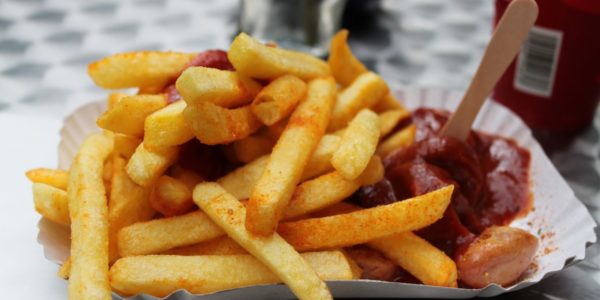The fast food industry has been having a rough time. During the pandemic, thousands of restaurants closed their doors, especially when they didn’t have drive-through options. While some chains, including Taco Bell and Chick-Fil-A actually did better during the pandemic with streamlined drive-through services, many couldn’t keep up.
Carry out and delivery opportunities made it possible for some places to keep their doors open, but not always to turn a profit. TechCrunch described GrubHub as “predatory,” and some owners just found themselves in debt as they forced themselves to keep their places open. Relying on government help and working themselves into burnout felt like the only option.
As businesses begin to reopen, restaurants are bringing in customers…but facing new challenges. For one, thing, a serious labor shortage is affecting the hospitality industry. Some fine dining restaurants are flashing cash to lure workers in, but fast food franchises are already spread thin.
Is there really a labor shortage?
A recent survey by the National Federation of Independent Business found that 42% of fast food restaurant owners said they can’t fill their open positions. Some can’t get enough staff to let them open their eating spaces and are still relying on drive through because they can’t staff their restaurants fully. Others are calling on the workers they do have — including managers — to work longer hours.
But fast food jobs are not desirable. People who have the option of staying home with government support rather than taking fast food jobs might do that. People who lost those jobs last year have often found something better by now, or figured out how to manage without those jobs.
The work is tiring and stressful, customers don’t always treat workers with respect, and COVID-19 remains a threat.
Can robots help?
Back before the pandemic, when fast food workers were agitating for a $15.00 minimum wage, owners talked a lot about automating. Remote order taking and self-serve kiosk ordering showed up in quite a few restaurants.
Now, actual robots like Flippy the fry cook can take on the jobs. At $30,000 initial investment, Flippy costs just a little bit more than a year’s pay for a human worker. Sally the salad maker, robot bartenders and baristas, and even robots that clean up fill out the automated staff.
Fast food workers have a 92% chance of being replaced by robots in the near future.
Traditional automation
Automation is intended to save human workers from jobs that are dull, dirty, and dangerous. Maybe fast food jobs fill that set of criteria now. Unmasked and unvaccinated customers, cuts and burns, and the tedium of flipping burgers sound like situations people should be rescued from. Customers might like to be rescued from bored, disgruntled workers, too.
This may be an idea whose time has come.
